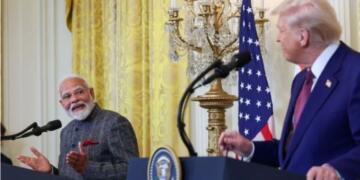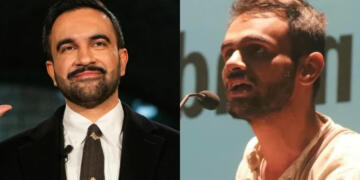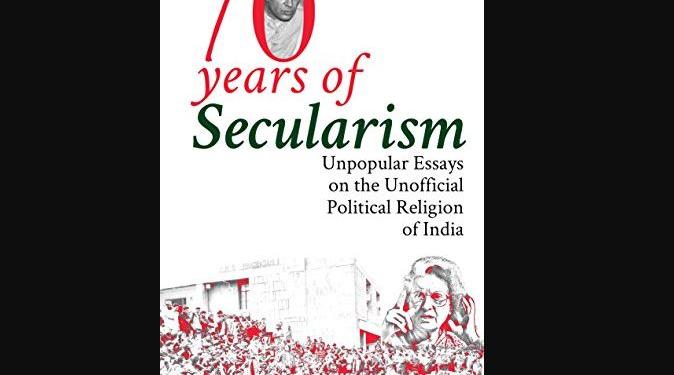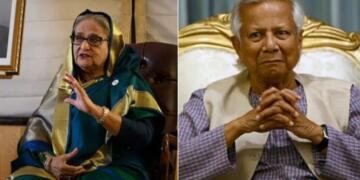The ability to call things as one sees them, without any sugarcoating, is something most commentators do not possess. Bridled by political correctness, a lot of the contemporary commentary on socio-economic, historic and cultural issues is often diluted, and certain uncomfortable factors are played down or simply overlooked. Unlike the so-called eminent historians of India, Sandeep Balakrishna ’s worldview is not based on a figment of someone’s imagination.That is the reason I purchased his book 70 years of Secularism. And just like everything Sandeep Balakrishna writes, it did not disappoint.
When I talk to people about India’s history and religion, the problem I encounter most often is deep-seated ignorance. Blatant distortions and the constant inclination to look at things from perspectives which are inherently alien to India, have become the order of the day. A concerted effort to systematically entrench falsehoods and shove ground realities under the carpet have been made at many levels. The academia, the intelligentsia, the mainstream media, the prevalent political class of post-Independence India and pop culture have carpet-bombed the country with falsities. There is no convincing the ignorant about the nature of these falsities, since more often than not, the premises they base themselves on are completely flawed.
That’s where a book such as this one comes into the picture. It is divided in two parts, the first one essentially shedding light on the greatness of our civilization, and the second one exposing how several people and institutions in independent India including the state itself, played a key role in undermining this great civilization. More importantly, and what is extremely worrying for India, is the fact that this is an ongoing process. Not only does it continue to this day, but in many ways it is moving from strength to strength. The essays about Indian history and cultural do not merely talk about their lofty ideals and principles which can be easily dismissed as hogwash, but provide concrete examples and primary sources to validate Sandeep Balakrishna ’s worldview, leaving no space to refute or debunk him. India’s post-Independence scenario too is illustrated with examples which rest his case. Many of the examples are eye-opening, since they have been suppressed by the establishment for decades.
The important factors that the first half covers include the richness and diversity of our civilization, how Indian culture despite being spiritually oriented indulged and excelled materially perhaps to the extent that no other culture had, and how our prowess in matters of statecraft was also unparalleled. The second half includes the deliberate distortions of Indian history, the shallowness and corruption of the Indian intelligentsia, and how the Nehruvian state and its multiple offspring have worked with foreign forces not only against the interests of the Indian civilization but against the interests of present-day India as well. These facts, and the larger narrative or conspiracy that they weave together, need to be brought to the forefront and lodged into India’s collective consciousness.
More than opening the eyes of misled leftist souls, the significance of Sandeep Balakrishna ‘s book lies in the fact that it is weapon for those willing to fight for India. In a concise manner, it establishes many of the truths that we have been fighting for, and for which we are often ridiculed. Armed with the facts that this book contains, those who care for India and the direction that it is headed will be able to formulate and convey the ideas that they subscribe to in an articulate and coherent manner. All in all, for anyone attempting to understand Indian history, culture and the contours of present-day political discourse in their truest temperament, the message Sandeep Balakrishna ‘s book conveys is quintessential.
































